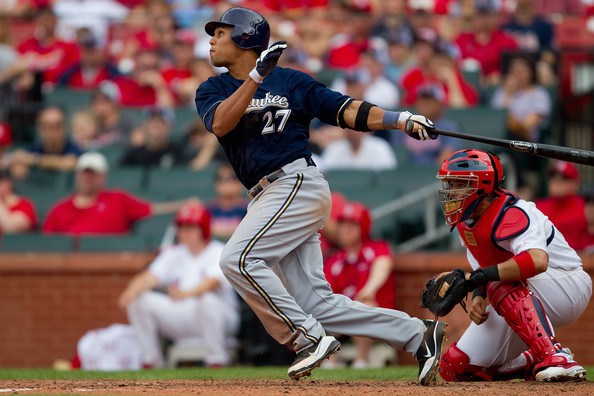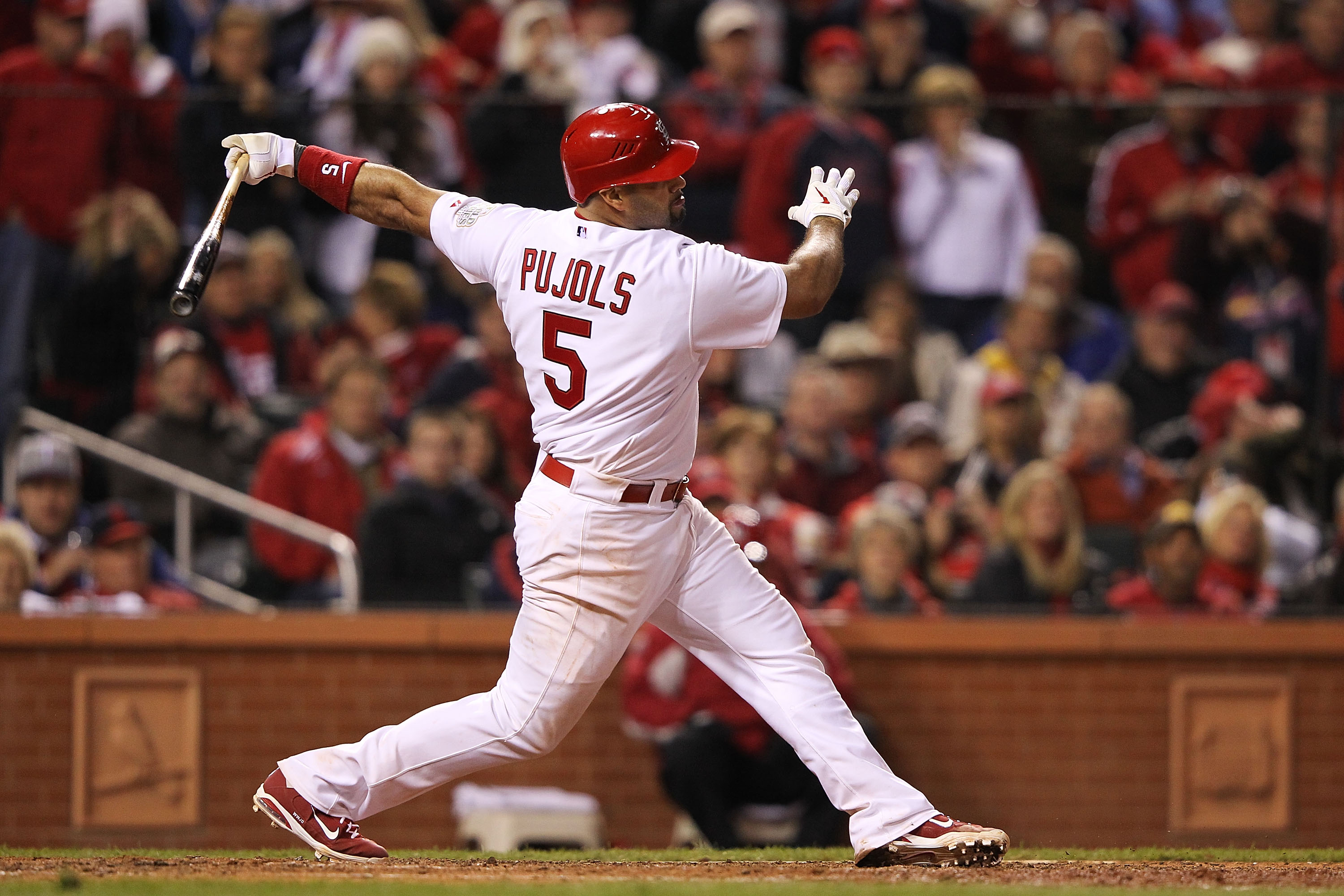Perhaps the most important statistic to focus on when choosing pitchers is strikeouts, as they’re incredibly consistent both year-to-year and day-to-day. Elite pitchers, and especially elite strikeout guys, rarely have disastrous games. Take a look at Clayton Kershaw’s strikeout numbers in his games from last season — he had only one game all season with below six strikeouts. That’s an incredibly consistent floor. And as you can see, he also possesses a very high ceiling as well.

However, there are some days where an elite pitcher is going to go against a great offensive team. Or perhaps he’s matched up against the Rockies at Coors Field. The over/under on that day is going to be higher than it would normally be for that pitcher because of that matchup. But how high is too high? When should you look to perhaps fade a top pitcher because the risk isn’t worth it?
To examine this, I looked at pitchers’ Plus/Minus using our Trends tool at various points when pitching in games where their opposition is projected by Vegas to score four or more runs. I narrowed the data to pitchers with a strikeout per 9 innings (K/9) of 8.0 or greater coming into the game. Here’s the Plus/Minus (on DraftKings) of the high-end pitchers for games with high projected opposing runs.

It looks like elite pitchers are still a positive-to-even value when their opposition is projected to score above four runs, at least up until a point. According to our data, that point seems to be around 4.4 projected runs for the opposing offense. I know it goes to positive value later at 4.9 projected runs, but that’s due to small sample size (very rarely are teams – even the best offenses – projected to score so much against great pitchers).
This is interesting because taking players in a perceived poor matchup can be a useful strategy in getting high-upside players in a lower-owned situation. Until now, if a pitcher – even an elite one – was going against a team projected to score over four runs, I was typically very hesitant to roster him, even with the lower ownership benefit. And I still should be hesitant once the projected runs get up to 4.4 or higher, but that is certainly a lot higher than I would have guessed.
DraftKings and FanDuel pitcher scoring are different – FanDuel gives more points for a pitcher win and DraftKings value strikeouts more, to give a couple of examples. I thought perhaps that we might see a different graph for FanDuel as a result. A pitcher in a “poor” matchup on DraftKings still has a high floor because of his strikeouts, but on FanDuel where pitchers are more reliant on innings pitched and getting a win, it definitely affects the value:

On DraftKings, I wouldn’t move off a pitcher even against a good offense unless the projected runs for that offense creeps into the high above-4.4 range. Strikeouts are so important on DraftKings – you could argue they’re more important than matchup, in fact. However, on FanDuel, I would probably look to fade those same pitchers, as their floor is mitigated by the high projected runs of the opposing offense.





